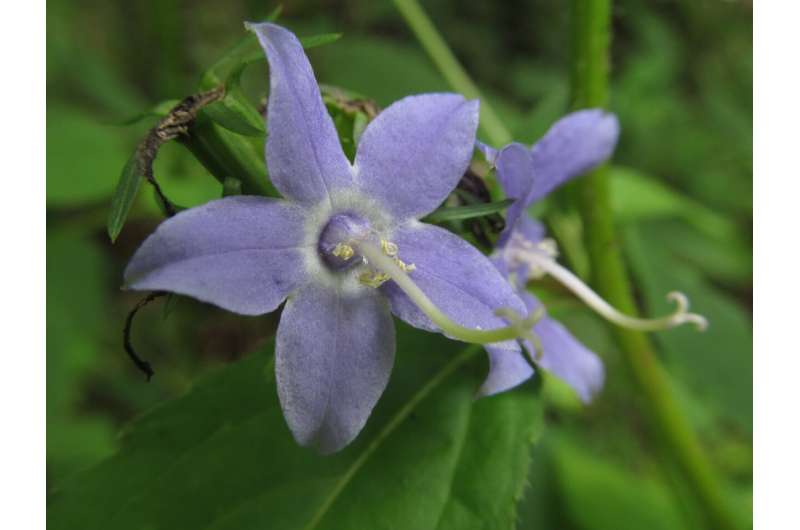Study supports stronger conservation efforts in Southeast glacial refugia regions

During the last ice age, glaciers covered vast portions of North America.
But some regions, including areas of the southern Appalachians and the Gulf Coast, had more temperate climates in which plants and animals survived and thrived. From those regions, called glacial refugia, those populations spread northward as the glaciers receded.
New research by Clemson University scientist Matthew Koski and colleagues supports strengthening conservation efforts in glacial refugia because of their high genetic diversity.
"These regions are the source of genetic diversity for the rest of the species ranges to the north of us," said Koski, an assistant professor in the Department of Biological Sciences. "Conservation of these habitats in the Southeast is vital and has implications for other areas of the country."
If forced migrations of species—the planting populations beyond their current range edges—is necessary, being able to sample from regions with high genetic diversity is important.
"If we don't have those habitats, then that diversity is gone," Koski said.
Scientists have tracked climate change since the last glaciation and warming was much more gradual that what is happening now with anthropogenic climate change, Koski said.
"These southern range edges are experiencing much warmer and often much drier conditions than ever. Are these populations in the glacial refugia where the most genetic diversity exists going to be able to respond to climate change rapidly? The populations at the northern range edge are expected to be the ones contributing to the expansion northward with continued warning, but they are also the most genetically depauperate. It sets up some interesting scenarios of what's going to happen at each of the range edges with continued climate change," he said.
Particularly in the Northern Hemisphere, lower latitude regions have repeatedly served as refugia during glaciation and the source of post-glacial range expansion.
Campanula americana, commonly called American bellflower, is an insect-pollinated herb with showy purple flowers found in eastern North America.
Using population genetics, the researchers identified multiple locations that served as glacial refugia for the species during the Pleistocene glaciation. One was in the Deep South in the Gulf Coast area; another was on the Appalachian plateau in what's now eastern Kentucky.
After collecting seeds from 24 populations of the plant, researchers used controlled crosses in a greenhouse to show that those nearest the glacial refugia had the highest potential for speciation. Speciation occurs when a group within a species separates from other members and develops its own unique characteristics.
They found that hybrid breakdown, a type of reproductive failure seen in the "grandchildren" of the hybrids, is stronger near glacial refugia populations and decreases in hybrids near the leading range edge.
While Koski's research was limited to one flowering plant, he said he would expect to see similar results for other species.
"We expect elevated genetic diversity in the South," he said.
The journal Proceedings of the Royal Society B published the findings.
More information: Matthew H. Koski et al, Hybrid breakdown is elevated near the historical cores of a species' range, Proceedings of the Royal Society B: Biological Sciences (2022). DOI: 10.1098/rspb.2022.0070
Journal information: Proceedings of the Royal Society B
Provided by Clemson University




















